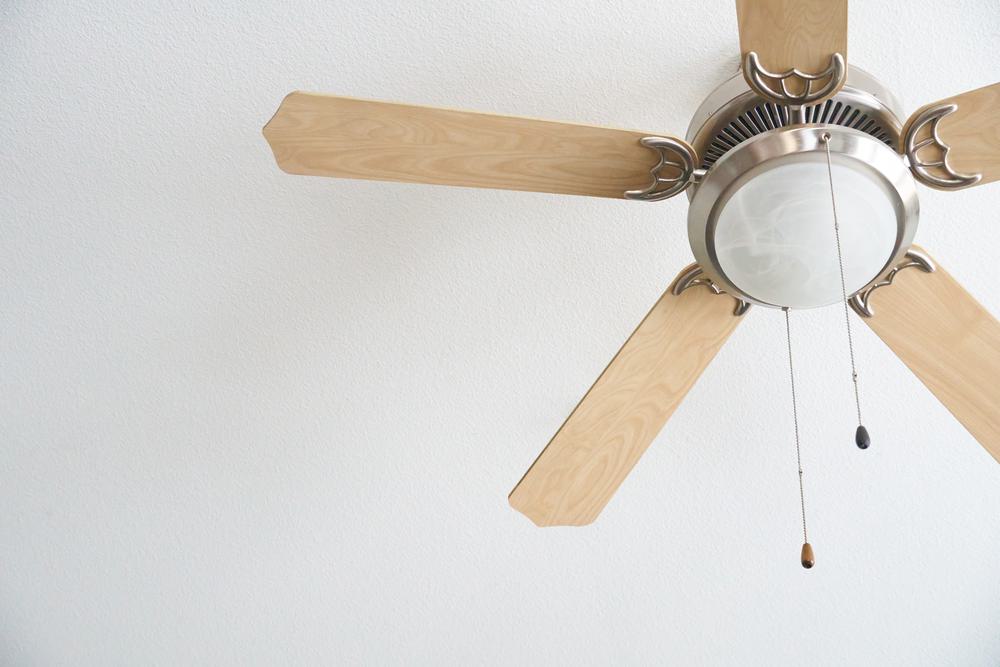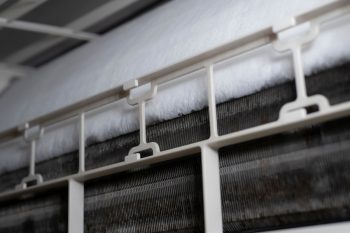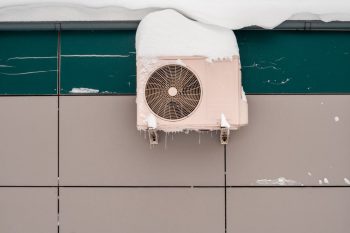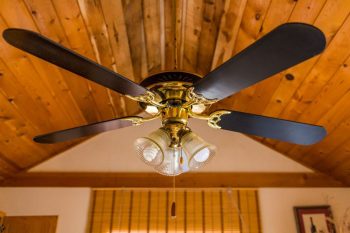
As an SEO and professional writer, I’ll ensure that the article is well-structured, keyword-optimized, and provides value to the reader. Here’s a draft of the article:
A ceiling fan may change direction by itself due to a few potential causes, such as a malfunctioning direction switch, a faulty capacitor, incorrect wiring, or a non-compatible dimmer switch. If your ceiling fan is changing direction on its own, it’s recommended to check the direction switch, inspect the wiring, examine the remote control, and consult the owner’s manual for troubleshooting. If the issue persists, professional help may be required.
Why Does My Ceiling Fan Change Direction by Itself?
Have you ever noticed your ceiling fan suddenly changing direction by itself? If so, you’re not alone. This can be a confusing and frustrating issue for many homeowners. But don’t worry, this comprehensive guide will help you understand why this happens and how you can fix it.
Understanding the Mechanism of Ceiling Fans
Ceiling fans function through a switch mechanism that controls the motor’s rotation. Most ceiling fans have a switch located on the housing of the fan motor. This switch is usually a small toggle or slide switch labeled “Forward/Reverse” or “Summer/Winter”. This feature allows the fan to circulate air in different directions, depending on the season.
Why Does a Ceiling Fan Change Direction?
There are several reasons why a ceiling fan might change direction on its own:
1. Broken Direction Switch: The fan’s direction switch might be malfunctioning or accidentally flipped during cleaning, causing the fan to change directions.
2. Malfunctioning Capacitor: The fan’s capacitor, which starts the fan and makes it spin, can malfunction and cause the fan to change directions randomly.
3. Faulty Wiring: Incorrect wiring can cause the fan to reverse directions and lead to other issues, such as light bulbs burning out quickly or circuit breakers tripping often.
4. Non-Compatible Dimmer Switch: If the fan is installed on a dimmer switch not specifically designed for a fan, it could cause the fan to change direction randomly.
Risks Associated with a Self-Changing Ceiling Fan Direction
A ceiling fan changing its direction on its own can pose several potential risks, including inefficient air circulation, increased wear on the motor, safety hazards, and energy waste. It’s essential to identify the cause of the issue and take appropriate action to mitigate these risks.
Troubleshooting a Ceiling Fan Changing Direction
If your ceiling fan is changing direction by itself, follow these troubleshooting steps:
1. Check the Direction Switch: Ensure it is not in a neutral position and is properly engaged.
2. Inspect the Wiring: Make sure all wires are correctly connected and secured with wire nuts.
3. Examine the Remote Control: Check the batteries and ensure the dip switches are set to the same frequency.
4. Check for Mechanical Issues: Make sure the fan blades spin freely by hand.
5. Consult the Owner’s Manual: Refer to the troubleshooting section for model-specific directions.
If these troubleshooting steps do not resolve the issue, it’s best to consult a professional electrician or contact the fan’s manufacturer.
Professional Services for Ceiling Fan Repair
If you’re unable to fix the problem yourself, consider consulting professional services. The Home Depot offers ceiling fan repair services, or you can find a local electrician or handyman service on platforms like Angi or Thumbtack.
Conclusion
A ceiling fan changing direction by itself can be a nuisance, but with the right knowledge and tools, it’s a problem you can solve. Remember, if you’re unsure or uncomfortable with any of these steps, don’t hesitate to reach out to a professional. Your safety and comfort should always be the top priority.
Frequently Asked Questions
What is the purpose of the direction switch on a ceiling fan?
The direction switch on a ceiling fan allows you to change the rotation of the fan blades. In one direction, the fan pushes air down, creating a cool breeze. In the opposite direction, the fan pulls air up, helping to circulate warm air in the room.
How often should I change the direction of my ceiling fan?
You should change the direction of your ceiling fan twice a year, usually at the change of seasons. In the summer, the fan should rotate counterclockwise to create a cool breeze. In the winter, it should rotate clockwise to circulate warm air.
Is it safe to use a ceiling fan that changes direction on its own?
While it’s not immediately dangerous, a ceiling fan that changes direction on its own could indicate a malfunctioning part or faulty wiring, which could pose a safety risk over time. It’s best to have the issue checked and resolved by a professional.
Can I fix a malfunctioning ceiling fan myself?
While some simple issues with ceiling fans can be fixed at home, such as checking the direction switch or replacing the batteries in the remote, more complex problems like faulty wiring or a broken capacitor should be handled by a professional.
What if the troubleshooting steps don’t resolve the issue?
If the troubleshooting steps don’t resolve the issue, it’s best to consult a professional electrician or the fan’s manufacturer. They will be able to diagnose and fix the problem safely and efficiently.












